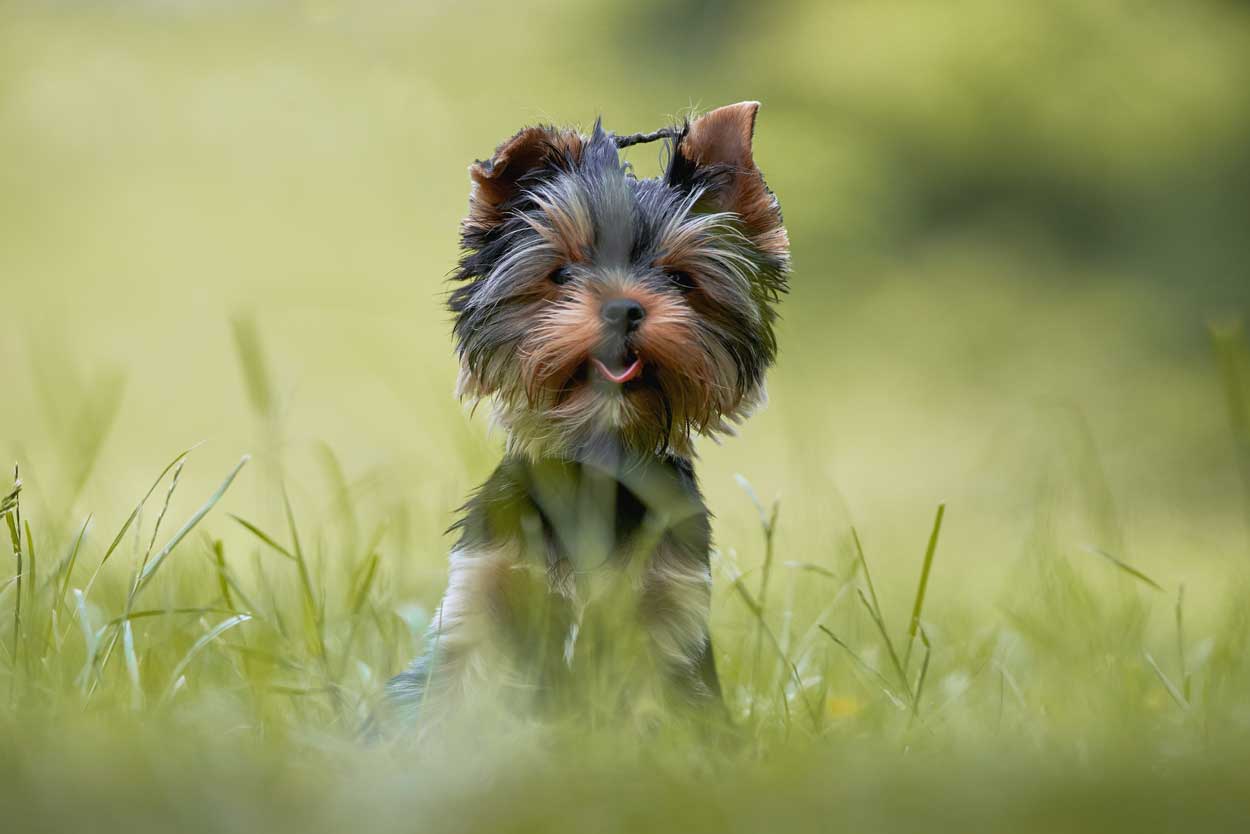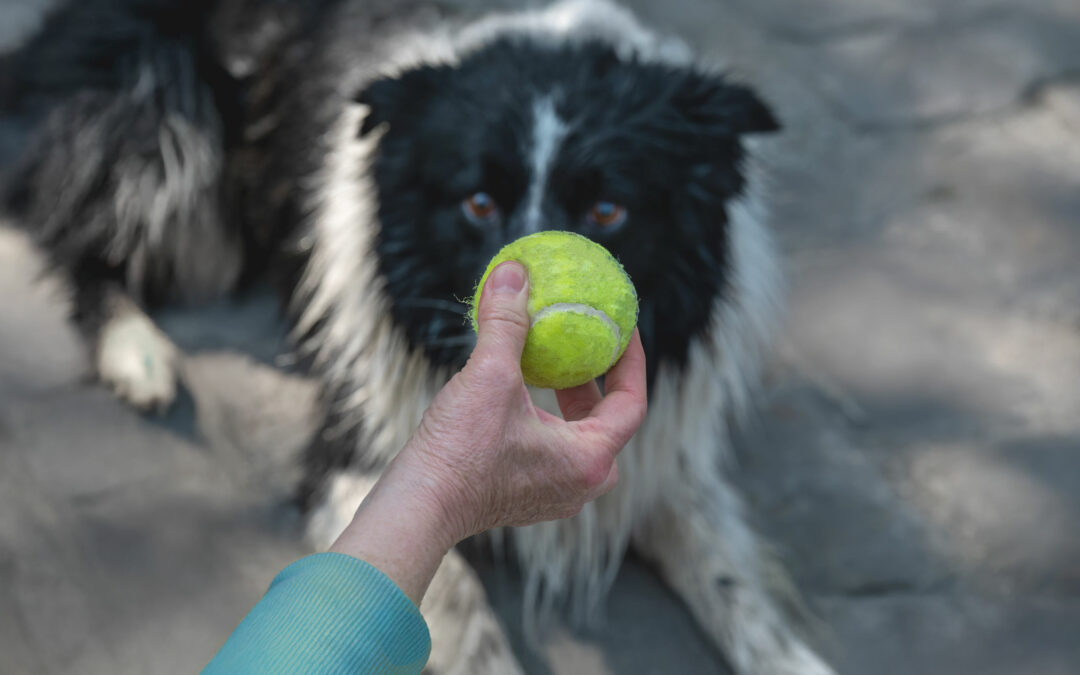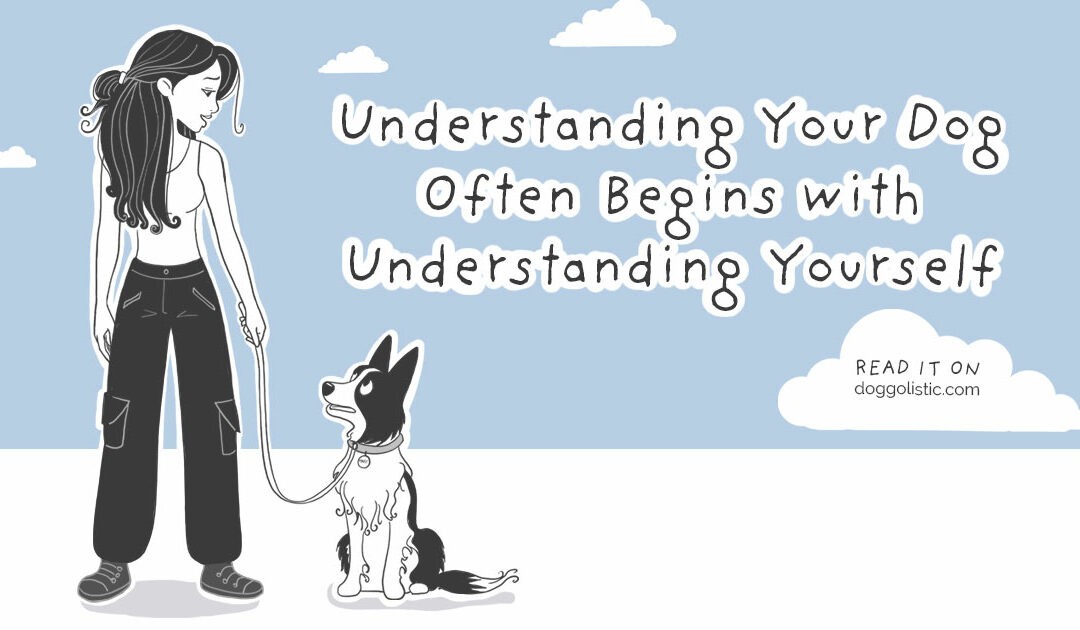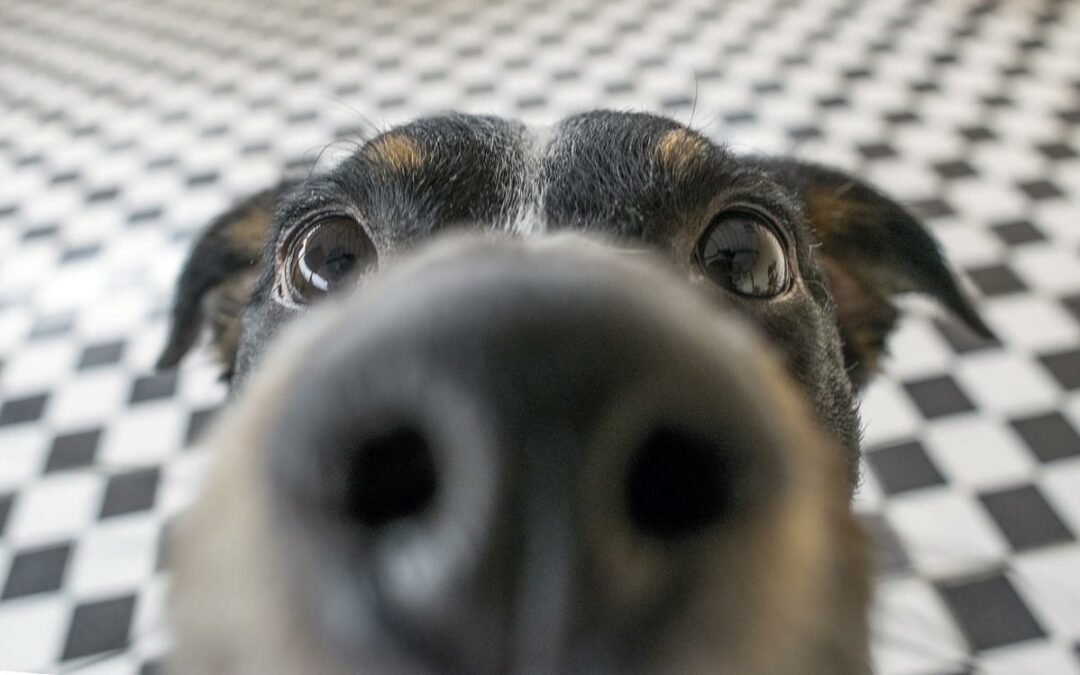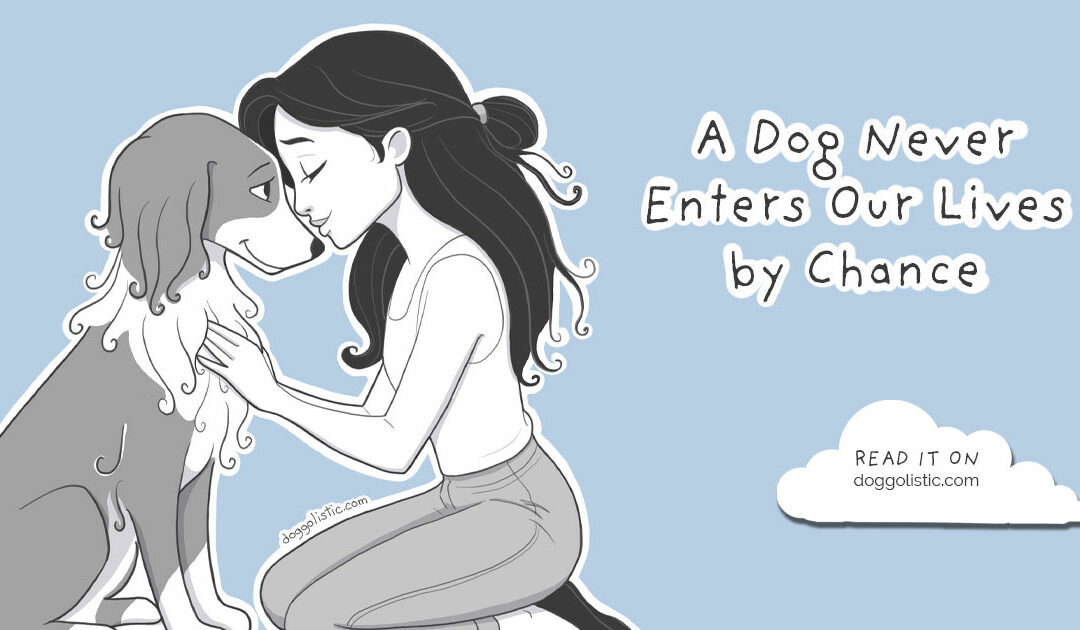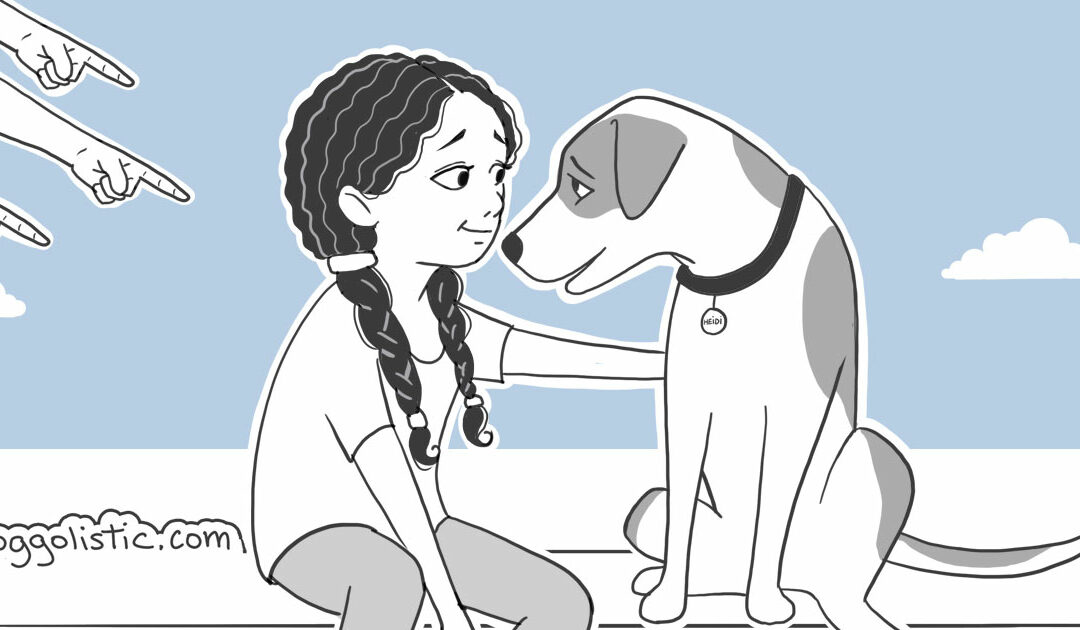I may be small, but “small dog” still means dog!
This is a heartfelt declaration on behalf of all the small dogs in the world who are secretly despairing.
Small, not insignificant
People often assume that small dogs need less mental and physical stimulation. That’s completely wrong. Chihuahuas, for example, are incredibly smart and endlessly curious. Just because a dog fits in a bag doesn’t mean they shouldn’t get to explore the world. Discovery and stimulation are not optional extras, they’re essential.
No matter the size, all dogs need:
-
- Regular socialization (with other dogs, humans, and environments)
- Mental stimulation (scent work, training, hide-and-seek, chew toys, food puzzles)
- Physical exercise appropriate to their breed and energy level
- Freedom of movement to sniff, roam, and be a dog
And no, a walk in the garden, a ride in a purse, or being carried in your arms does not replace a real walk.
Common mistakes with small dogs
Why constantly carrying your dog backfires
Picking up your dog every time there’s a noise, a passing dog, or a loud sidewalk is like pulling a child out of the playground at the first sign of a disagreement: they never get to learn. Dogs need to experience the world in order to understand it. If they’re always lifted away, they can’t process, adapt, or gain confidence. Instead, they stay fearful.
The result? Insecure attachment, separation anxiety, and reactivity. It’s not cute, it’s hard for the dog, and hard for you.
“But he’s scared of other dogs!”
Yes, because he’s never had a chance to meet them properly, on the ground, nose to nose. Dogs learn through experience, not by hovering above reality like fragile little statues.
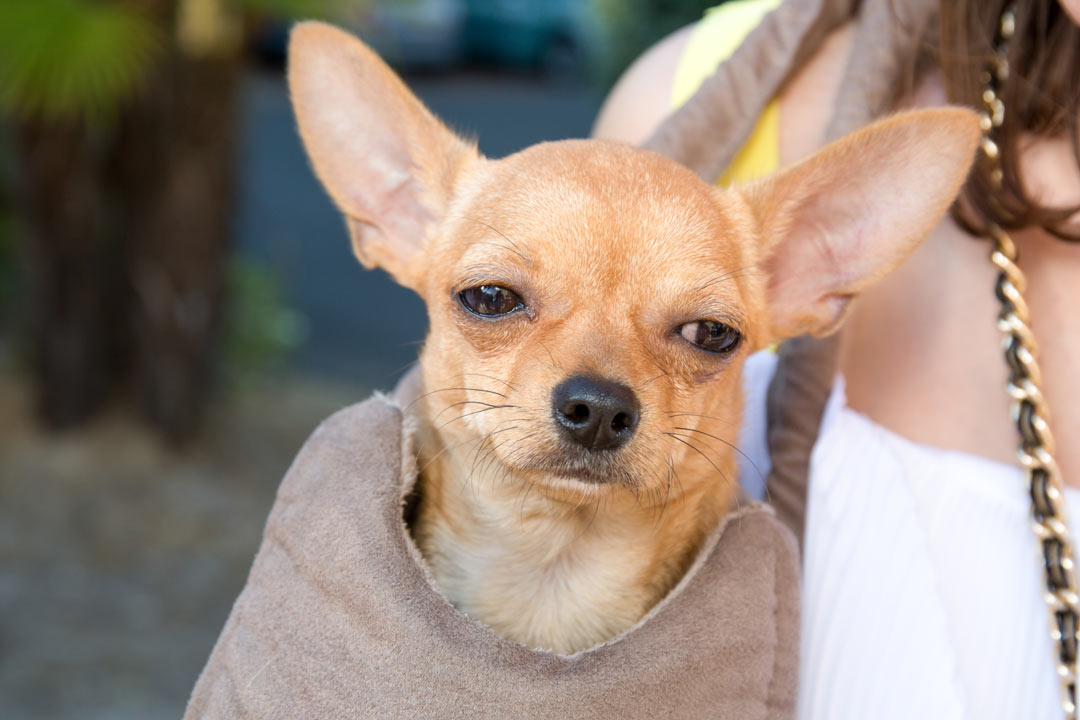
The cost of overprotecting your small dog
Treating your small dog like a human baby creates confusion about roles. A dog needs a calm, predictable guide. Instead, he becomes dependent on an anxious human who overreacts to every perceived threat.
Typical behaviors include:
-
- Following you everywhere, even to the bathroom
- Panicking when you leave the room
- Barking or growling at strangers or dogs
- Snapping at people who approach you when he’s in your arms
This isn’t your dog being difficult. He’s overwhelmed. Often, it’s a side effect of love expressed in the wrong way.
You may also like |How to bond with your dog : 12 easy exercises
Moka: small in size, big in potential
One of my first tiny clients was Moka, a sweet little Maltese, nervous, tense, and unsure of everything. I walked her once or twice a day. Her owner just didn’t want her left alone too long, but for me, it became a mission. I walked her like I would a big dog, like a mini German Shepherd: exploring, meeting new dogs, trying new things, taking on small challenges. It wasn’t just exercise—it was socialization, confidence-building, and real-world learning. She played with giant dogs, hiked, met cows, sniffed every leaf and pole she could. By the end of the day, I had a nearly brave, joyful little dog on the leash.
But every morning, it was like starting from scratch. Why? Because when she was with her owner, Moka was always carried. At the first sign of another dog, her leash would tighten with anxiety, and she’d be scooped up like someone hitting the emergency eject button. No mental stimulation. No real training. No physical activity. No freedom. No adventure. She wasn’t pampered, she was smothered. And yet, with a little trust and freedom, she absolutely came to life. All she needed was one thing: for us to remember that she was a dog, not a doll or a baby.
Small dog breeds: calm-looking and high-energy
Yes, some breeds like Shih Tzus or Cavalier King Charles Spaniels have gentler temperaments and lower activity needs. But even they require stimulation, social interaction, and the freedom to move.
Just because a dog likes to lie beside you doesn’t mean they should live like a piece of furniture.
Other breeds — Pinschers, Pomeranians, Poodles, Chihuahuas, Yorkies, Dachshunds, and so on — are lively, intelligent, and curious. Their small size hides a lot of energy, and they need just as much mental and physical exercise as any other dog.
The real needs of small dogs (spoiler: same as every other dog)
Mental stimulation is a must
A tiny dog doesn’t have tiny brain activity. They need to think, solve problems, explore, and most importantly: sniff.
-
- Scent games (snuffle mats, scent boxes, trails) help focus their energy and tap into their most powerful sense: smell.
- Puzzle toys, treat dispensers, and hide-and-seek (with people or objects) boost focus, curiosity, and independence.
- Chewing is often overlooked but essential. It calms, soothes, and occupies. From natural chews to filled toys, it’s an easy way to reduce stress, prevent boredom, and support emotional regulation.
A dog that thinks is a dog that’s calmer, more emotionally stable, and easier to live with, whether they weigh 5 pounds or 90.
Physical activity still matters
Small dogs need to move, and not just across the living room rug, from purse to pillow.
They need to walk, run, climb, and feel different textures under their paws.
-
- A real walk isn’t a quick pee break. It’s a time for exploration, freedom, and sniffing the world.
- Smelling things is crucial. Their nose is how they understand the world. Every pole and blade of grass holds stories.
- Climbing over logs, hopping onto rocks, it’s all part of being a dog. Sure, you adapt the challenge to their body, but you still give them the experience.
A small dog that’s always carried is a small dog that’s frustrated — robbed of what it needs to feel alive.
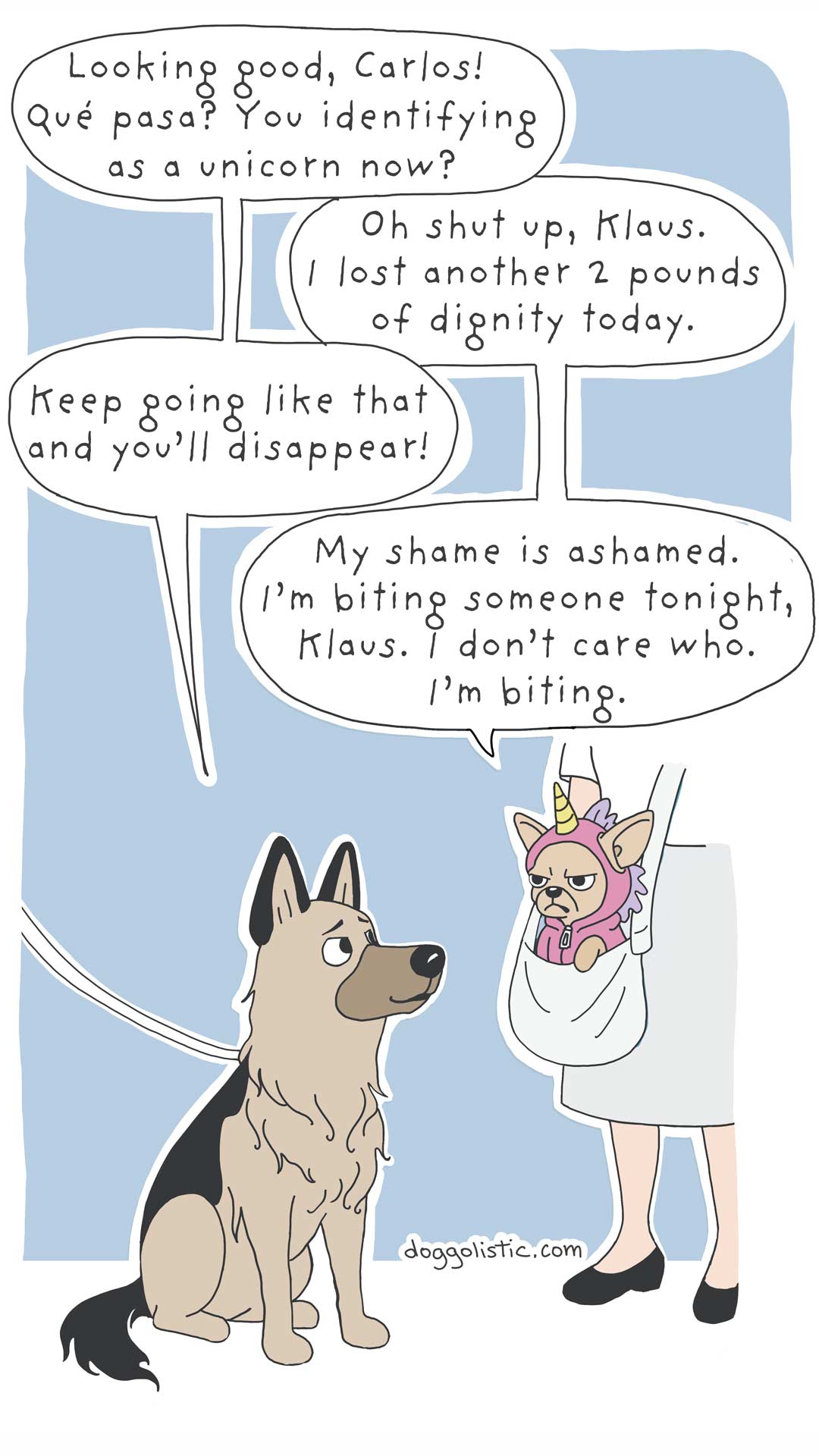
Play is not optional
Play isn’t a bonus. It’s how dogs learn, bond, decompress, and thrive.
-
- Training games like recall, hide-and-seek, or tricks build trust and focus.
- Social play with friendly dogs helps them practice canine communication and release tension.
- Even little dogs need fetch, tug, chase, and search games — just tailored to their size.
Socializing your small dog the right way
Socializing doesn’t mean dropping your dog into a crowd and it’s absolutely not clutching him like he’s about to be mugged every time another dog shows up.
Good socialization means:
-
- Letting your dog choose: to sniff, to approach, or to watch from a distance
- Offering calm, balanced dog interaction
- Learning to read body language: yawns, turning away, freezes, wags, blinks, bow
- Anticipating situations by understanding these signals, and guiding your dog through them without turning him into a helpless toddler
Picking up your dog every time another one walks by teaches him that the ground is unsafe. Over time, he can become an anxious, frustrated, and reactive dog. But on the ground, with support and space, he can learn to handle the world. He can build confidence. Curiosity. Peace.
Training: not just for the big guys
Small dogs are just as capable of learning as big ones. They can follow rules, routines, and expectations — if you take the time to teach them gently and consistently.
-
- Build focus and strengthen your bond together
- Work on separation calmly and gradually
- Practice leash walking and basic commands
- Play. Train. Explore. Scent games, puzzles, and fun tricks… it all counts.
- Reinforce calm, curious behavior
- Teach him to walk on a leash. Just because he’s easy to handle doesn’t mean you should skip this step or drag him along to make him follow you. A small dog also has a mind of his own, feelings, and preferences. He likes to make choices and deserves to be respected, just like the big ones.
Emotional security doesn’t come from being with you 24/7. It comes from having a safe, stable world where they can exist without panic. That, too, is love.
Testimony from Peanut, a clear-headed Chihuahua
“My name is Peanut. I’m a Chihuahua. And I’m tired of being treated like a houseplant. I have four legs, a nose like a truffle pig, and the heart of a lion. I want to go out and sniff the world like everyone else. I’m not fragile, I’m just small. There’s a difference. But it’s getting blurry, because I spend my life being carried, bundled up, pampered, and kept from doing dog things. Take me for real walks. I’ll love you even more for it.”
Small dog, big responsibility
Treating a small dog like it’s fragile means projecting human fears onto it. And though it comes from love, it often leads to the opposite of what we want: anxiety, frustration, and behavior problems.
But give that dog freedom, give it structure, give it adventure, space, and trust, and you’ll get back something incredible. A small dog, balanced and brave. And that’s true happiness. 🐾🖤
Video: Proof that bravery isn’t measured in inches. This is Obi-Wan, the French chihuahua who’s every bit a shepherd 🙂
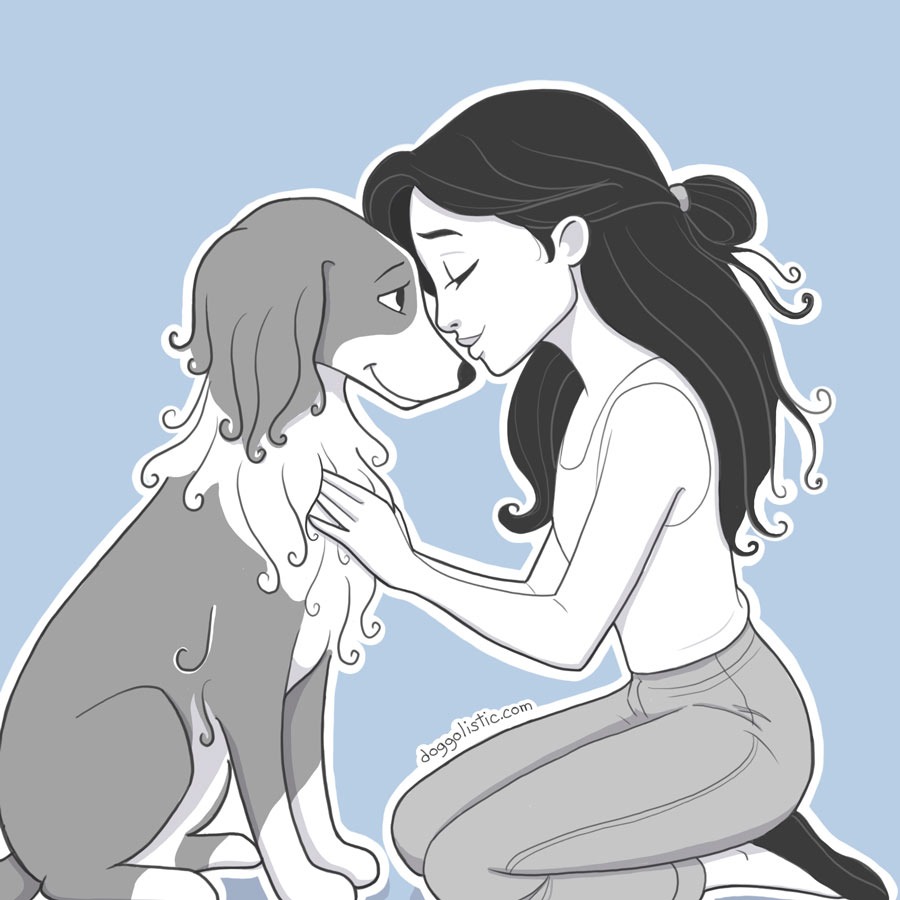
As a dog behaviorist and trainer, I work on the subtle bond between humans and dogs — with all its beauty, its wobbles, and its life. I help humans better understand their dogs — and sometimes, just a little, the other way around, too.
FAQ
Do small dogs really need as much exercise as big ones?
Yes! Regardless of size, dogs require movement, exploration, and social interaction. Being small doesn’t mean they don’t need a proper dog’s life—with all the mental and physical stimulation that comes with it.
Are small dogs more “spoiled” or “nervous” than large dogs?
These behaviours often stem from inconsistent training or overprotection. Many small dogs are misunderstood or not given the same guidance as larger dogs, which can lead to stress or overreactions—but it’s not inevitable.
Can small dogs be trained like big ones?
Absolutely. All dogs need structure, communication, and trust, no matter their size. Positive, respectful training works just as well for Chihuahuas as it does for Labradors.
Is carrying a small dog bad for them?
It’s not harmful occasionally—but if they’re always carried, they miss out on vital learning and exposure. It can lead to anxiety, fear of new situations, and poor social skills.
Can small dogs go on long walks?
Yes! As long as their pace and needs are respected, small dogs can enjoy and benefit from long, enriching outings. Don’t underestimate them—they’re often more capable than we think.

